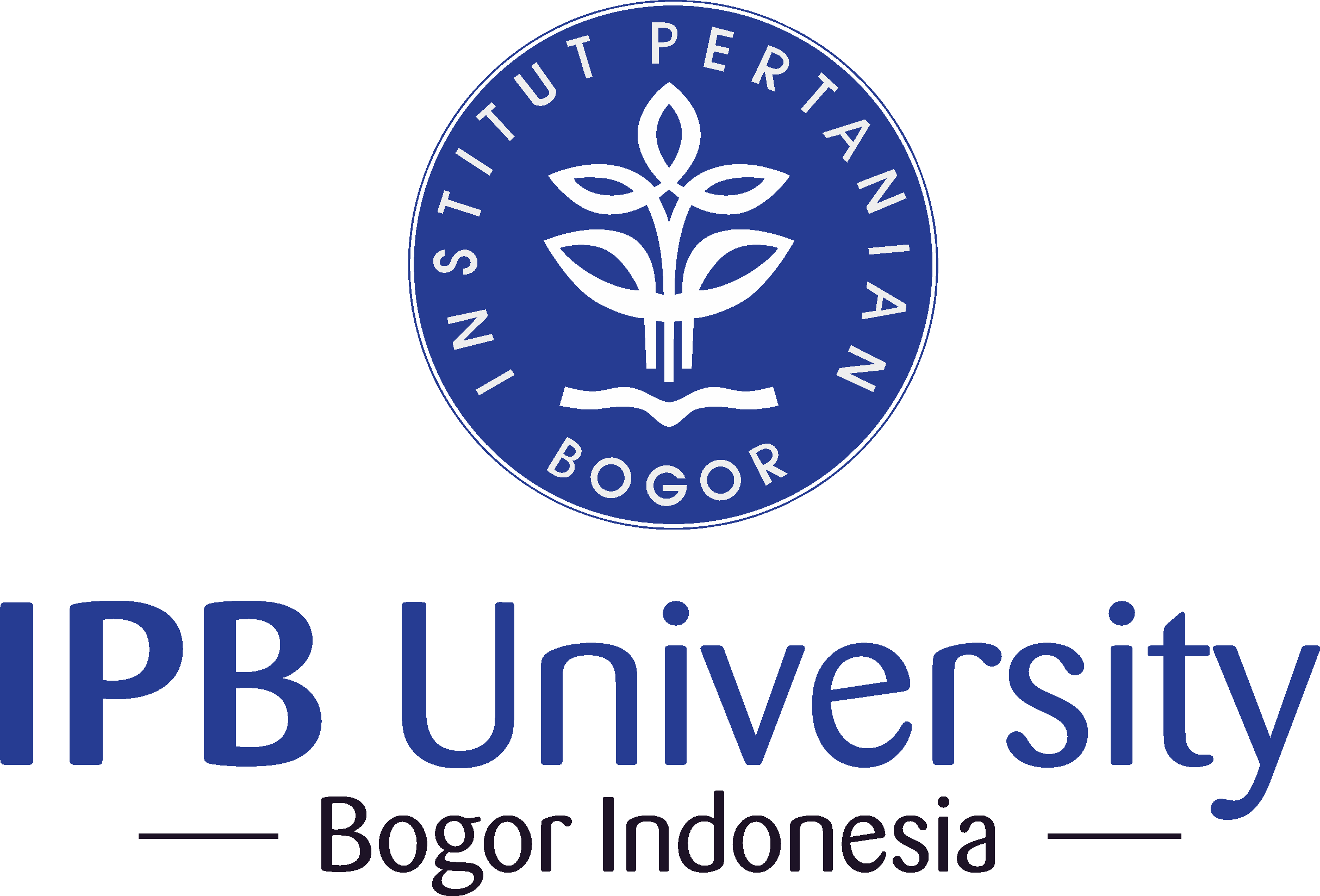Exploring the α-Amylase Inhibitory Potential of Peronema canescens Jack: An In Vitro and In Silico Study
Abstract
Hyperglycemia in individuals with type 2 diabetes mellitus is primarily driven by the rapid hydrolysis of starch by the enzyme α-amylase in the pancreas and the breakdown of oligosaccharides by α-glucosidase in the intestine. Peronema canescens Jack. (PC) has shown promise as a potential antidiabetic agent. This study aimed to evaluate the total flavonoid, phenolic, and α-amylase inhibitory activity of extracts and fractions derived from PC leaves using both in vitro and in silico approaches. The ethanol extract of PC leaves was fractionated through liquid-liquid extraction using n-hexane, ethyl acetate, and water as solvents. Preliminary phytochemical screening of the extracts and fractions identified the presence of alkaloids, flavonoids, saponins, tannins, and steroids/triterpenoids. The n-hexane fraction exhibited the highest total flavonoid content, averaging 203.37±4.38 mg QE/gram, while the ethyl acetate fraction demonstrated the highest total phenolic content, averaging 147.04±0.79 mg GAE/gram. Furthermore, the ethyl acetate fraction showed the strongest α-amylase inhibitory activity, with an average inhibition rate of 70.38±1.26%. In silico analysis, combined with GC-MS identification, suggested that three compounds, bis(2-ethylhexyl) phthalate, myristyl oleate, and 14 beta H-pregna may contribute to the observed α-amylase inhibitory activity. These findings highlight the potential of PC as a source of natural antidiabetic agents.
Downloads
Copyright (c) 2025 Muhammad Ryan Radix Rahardhian, Ninda Aryanti, Yasmiwar Susilawati, Sri Adi Sumiwi, Chintiana Nindya Putri, Dewi Ramonah, Ririn Suharsanti

This work is licensed under a Creative Commons Attribution-NonCommercial 4.0 International License.
HAYATI J Biosci is an open access journal and the article's license is CC-BY-NC. This license lets others distribute, remix, tweak, and build upon author's work, as long as they credit the original creation. Authors retain copyright and grant the journal/publisher non exclusive publishing rights with the work simultaneously licensed under a https://creativecommons.org/

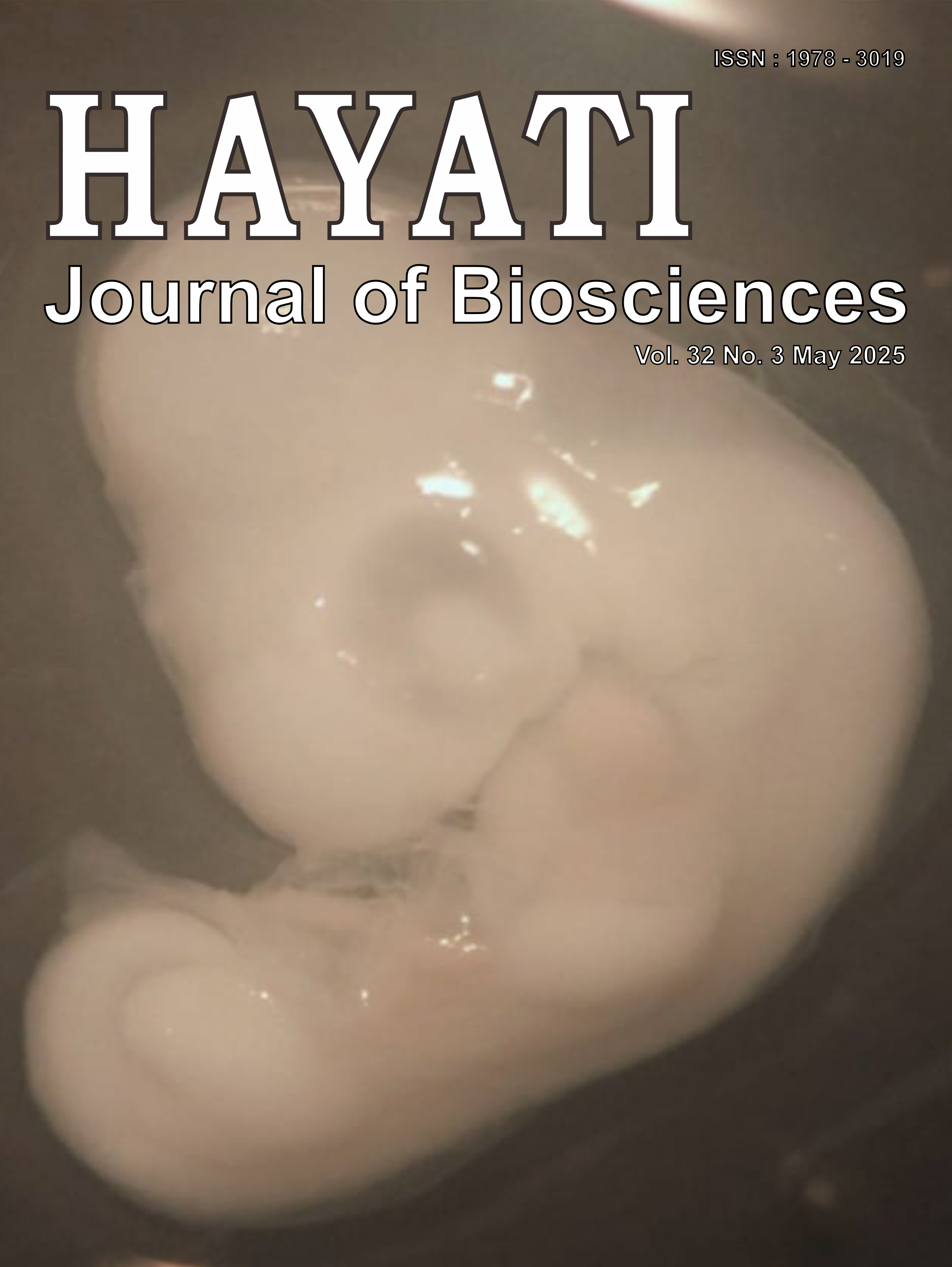








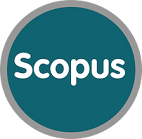
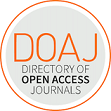




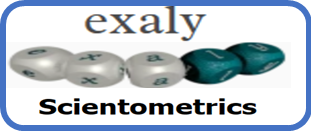




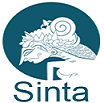



.png) IPB University
IPB University Department of Biology
Department of Biology The Indonesian Biological Society
The Indonesian Biological Society 